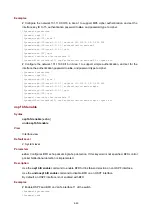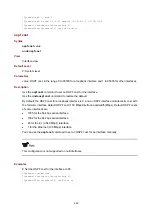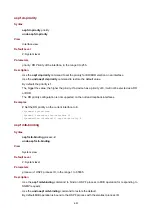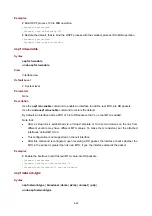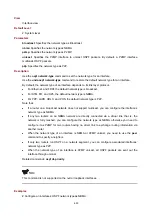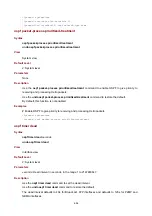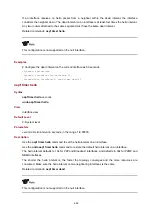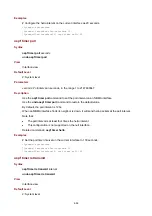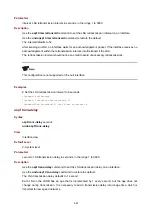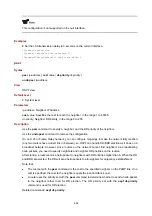
4-49
Examples
# Configure the network 131.119.0.0/16 in Area 1 to support MD5 cipher authentication, and set the
interface key ID to 15, authentication password to
abc
, and password type to cipher.
<Sysname> system-view
[Sysname] ospf 100
[Sysname-ospf-100] area 1
[Sysname-ospf-100-area-0.0.0.1] network 131.119.0.0 0.0.255.255
[Sysname-ospf-100-area-0.0.0.1] authentication-mode md5
[Sysname-ospf-100-area-0.0.0.1] quit
[Sysname-ospf-100] quit
[Sysname] interface vlan-interface 10
[Sysname-Vlan-interface10] ospf authentication-mode md5 15 cipher abc
# Configure the network 131.119.0.0/16 in Area 1 to support simple authentication, and set for the
interface the authentication password to
abc
, and password type to cipher.
<Sysname> system-view
[Sysname] ospf 100
[Sysname-ospf-100] area 1
[Sysname-ospf-100-area-0.0.0.1] network 131.119.0.0 0.0.255.255
[Sysname-ospf-100-area-0.0.0.1] authentication-mode simple
[Sysname-ospf-100-area-0.0.0.1] quit
[Sysname-ospf-100] quit
[Sysname] interface vlan-interface 10
[Sysname-Vlan-interface10] ospf authentication-mode simple cipher abc
ospf bfd enable
Syntax
ospf bfd enable
[
echo
]
undo
ospf bfd enable
View
Interface view
Default Level
2: System level
Parameters
echo
: Configures BFD echo packet single-hop detection. If this keyword is not specified, BFD control
packet bidirectional detection is implemented.
Description
Use the
ospf bfd enable
command to enable BFD for link failure detection on an OSPF interface.
Use the
undo
ospf
bfd enable
command to disable BFD on an OSPF interface.
By default, an OSPF interface is not enabled with BFD.
Examples
# Enable OSPF and BFD on VLAN-interface 11 of the switch.
<Sysname> system-view
[Sysname] ospf















